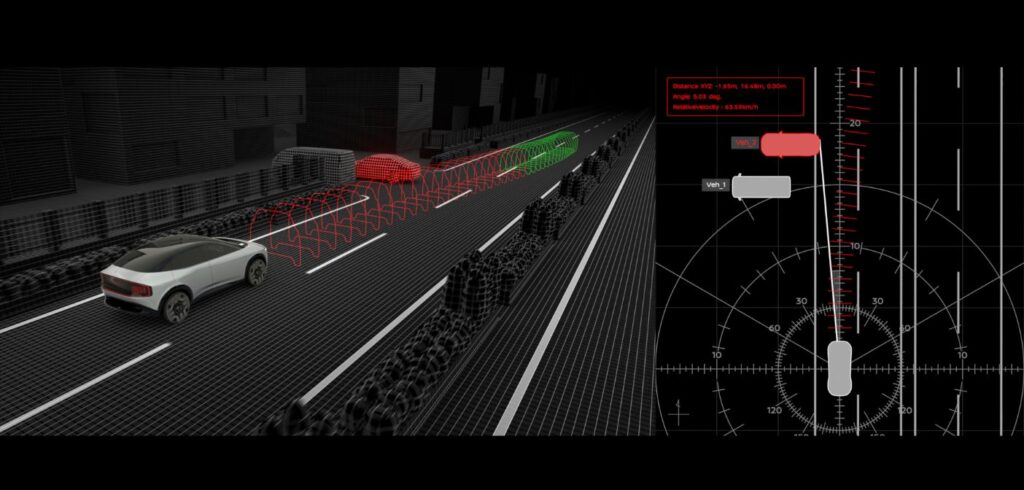Nissan has announced a new driver-assistance technology currently in development that utilises highly accurate, real-time information about a vehicle’s surrounding environment to enhance collision avoidance.
Nissan’s ‘ground truth perception’ technology fuses information from next-generation, high-performance lidar, radar and cameras. It can detect the shape and distance of objects, as well as the structure of the area surrounding the vehicle, in real time with a high degree of accuracy.
Utilising this information, it is possible for the vehicle to instantly analyse the current situation, judge and automatically perform required collision-avoidance operations. The technology can also detect slowed traffic and road obstacles in the distance and execute lane changes accordingly.
What’s more, the technology can provide increased support to drivers in areas where detailed map information is not available.

Takao Asami, senior vice president, leading global research and development, Nissan, said: “When we look at the future of autonomous driving, we believe that it is of utmost importance for owners to feel highly confident in the safety of their vehicle.
“We are confident that our in-development ground truth perception technology will make a significant contribution to owner confidence, reduced traffic accidents and autonomous driving in the future.”
Nissan has partnered with a number of companies to research and develop the technology and share know-how. For example, the next-generation lidar is being integrated into Nissan’s system in collaboration with global automotive technology company Luminar, while Applied Intuition has provided simulation technology to help Nissan verify the advanced collision avoidance control system in a digital environment.
Nissan is working to develop vehicle control technology that aims to significantly reduce accidents by utilising next-generation lidar technology, under its long-term vision, Nissan Ambition 2030.
The Japanese automotive OEM aims to complete development of its ground truth perception technology by the mid-2020s. It will first be available on select new models, and on virtually every new model by 2030.




